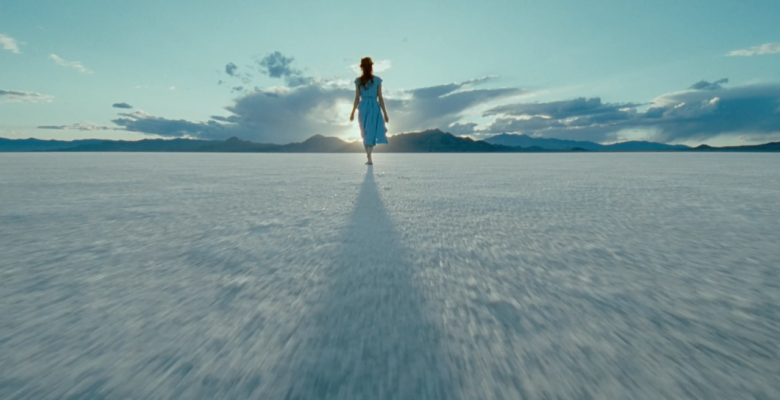Beware of The Tree of Life • Tips for An Effective Visual Treatment
With so many directors and production companies bidding for commercial jobs, a strong visual treatment or a director’s pitch is crucial. As a research artist I have created hundreds of visual treatments for highly-acclaimed production companies and their commercial directors. Check out these tips to help improve and create a successful director’s pitch.
-
Be positive:
Avoid attacking other campaigns and commercials to make your ideas sound better. Strong ideas stand on their own merits and do not require comparatives to be clearly understood.
-
Be coherent and structured:
This is not the place for a stream of consciousness. Organize your pitch into easy-to-understand sections such as Approach, Casting & Performance, Look & Feel, Cinematography, Locations, Story/Scripts, Editing & Music — and always include a well-crafted conclusion that invites further action. Keep it simple and do whatever it takes to avoid repetition.
-
Be yourself:
Express excitement, but keep it real and there is never any need to say “I fucking love this project.” Even if the conference call degenerates into a free-for-all contest of who can swear the most, profanity for its own sake never looks good in print—it almost always comes across as immature and unprofessional. However, it is great to be enthusiastic and personable. If you’re bidding on a Ford commercial and grew up with Ford trucks, let the client and agency know you have a deep connection with the brand. If you’re doing a spot that features surfing, let them know you have surfed all your life, (which hopefully is true). In short, woo the client and agency, but don’t be creepy about it.
-
Be Practical but don’t give away the farm:
This is tricky. Provide examples and approaches that actually fit within the parameters of the budget, timeframe, location and vision of the project. Come up with concrete ideas of how to make the best spot possible. Find the perfect balance of expressing intentions, but do not give away every idea. It’s okay to allude to further ideas that can be developed after the job is awarded. Nothing is worse than seeing your ideas in a spot that was awarded to another director/production company.
-
Be Visual:
Never underestimate the impact of the image, but remember a visual treatment, is not a storyboard. Instead of getting hung up on literal shot-by-shot sequences, establish an overall vision for the project. Keep the layout simple and use quality images, avoiding stock and anything with a watermark. Only the right picture is worth a thousand words. Watch out for those elaborate and distracting font treatments. Remember, mood and tone are your best friends.
-
Beware of The Tree of Life:
Too many treatments begin with a bold promise to deliver something that has never been done or seen before, and the next sentence pledges to create a look and feel that will be exactly like Terrance Malick’s The Tree of Life. We all get it, the imagery and evocative mood of The Tree of Life is fantastic and immediately conveys a visual style, but beware of the cliché. Ultimately, you must branch out and make it your own.


Comments are closed.